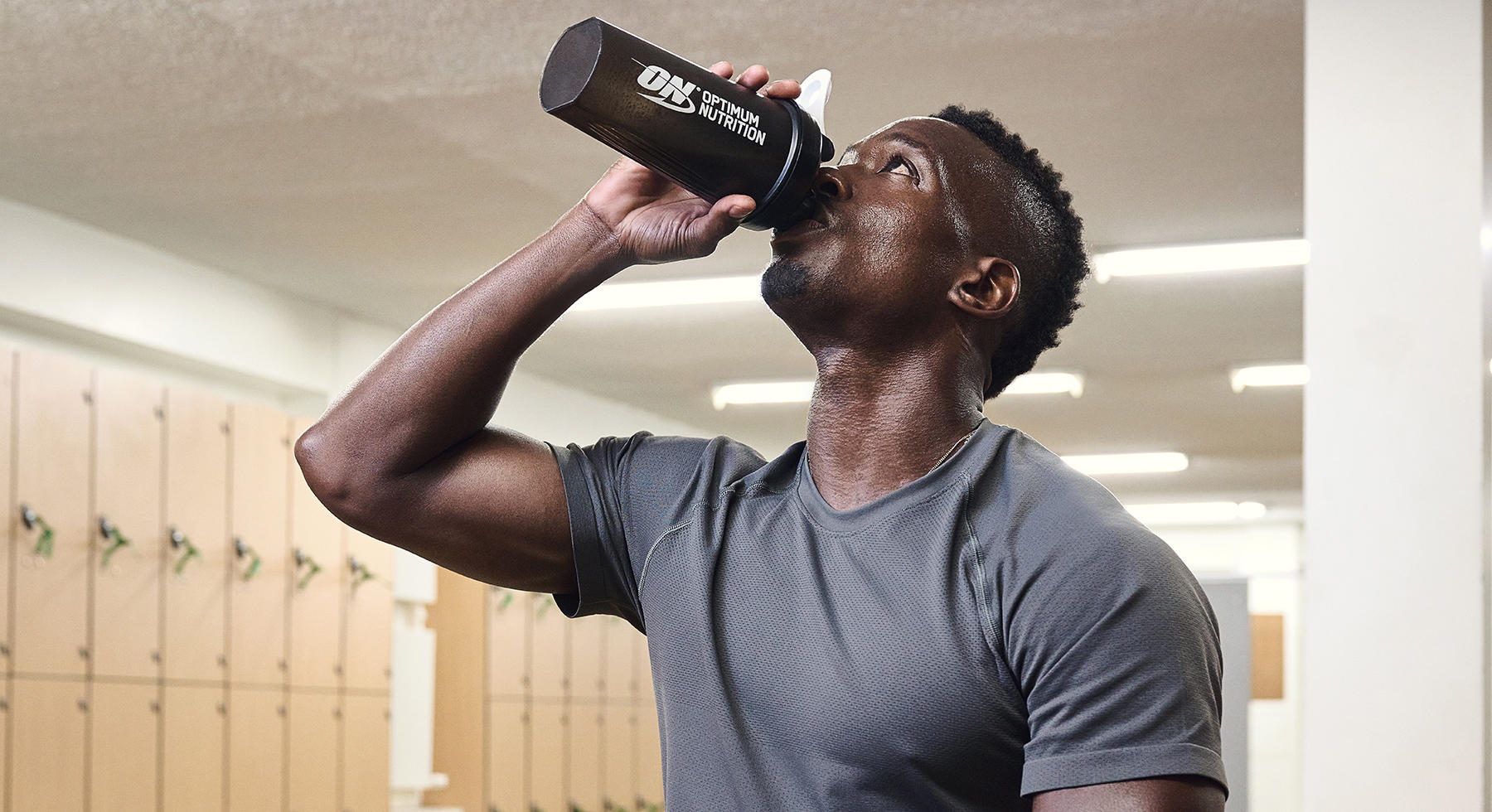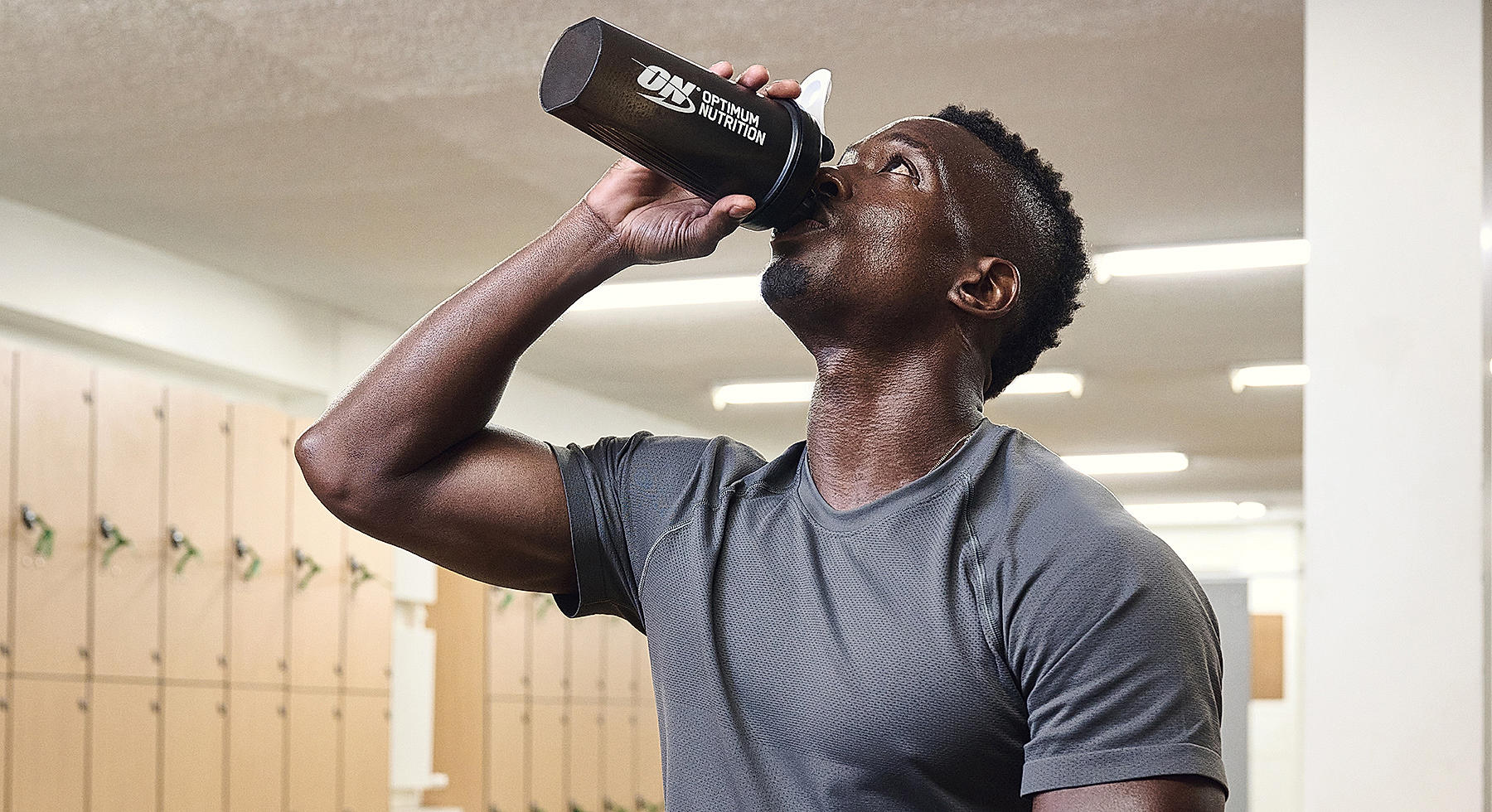
There are so many misconceptions about Creatine that we’re sharing the fundamental science of Creatine to help you make your own decisions. Creatine, and particularly, Creatine Monohydrate, is one of the most widely studied sports nutrition supplements out there. For a long time, it was seen as a supplement only used by bodybuilders, but any athlete whose training or sport has a power or performance component can potentially benefit from using it.
Where Does it Come From?
Creatine is made in the body from the Amino Acids: Arginine, Glycine and Methionine. We also get it when we eat a diet rich in Creatine-containing foods such as chicken, beef, pork, and seafood. These foods contain varying amounts of naturally occurring Creatine. For example:
- 4 oz. (113 grams) of chicken breast contains about 450 milligrams of Creatine*
- 4 oz. (113 grams) of red meat contains about 500 milligrams of Creatine*
As the majority of the foods that provide Creatine are animal based, vegans and vegetarians tend to have a much lower intake.
A healthy adult body naturally produces around 1 gram of Creatine a day, and we typically consume 1-2 grams from animal products, which means a total daily turnover of about 2-3 grams. Overcooking can however decrease the content of food significantly.
The main benefit of increasing Creatine in the muscles to support power and performance. As you can see from what you have just read, this is difficult to achieve, though, on diet alone. To consume 3 grams of Creatine from food you would have to eat 32 ounces of steak daily!
Supplementing with Creatine supplement such as Creatine Monohydrate is a great way to help increase Creatine concentration levels in the muscles without a meat feast every day!
How Does Creatine Help Support Energy Production?
Before we can understand how Creatine works, let’s take a look at how energy is produced in the body.
You might have heard ATP called the “body’s energy currency” as virtually everything in the body runs on ATP. However, unlike currency being held in a bank account, the body doesn’t store ATP very well. While some cells in the body might have sufficient ATP to maintain function for up to one or even two minutes, the available ATP in skeletal muscle lasts typically for only seconds. So what does this all mean? More ATP means more energy for working muscle cells to contract!
What it Means for Performance
Since Creatine can help support energy production in cells, e.g., a muscle cell, you might be able to see how additional Creatine beyond our food works as a performance supplement. If a muscle cell has more stored energy available to contract, then it can potentially complete more repetitions before tiring. This means, depending of course on your goals and overall program including nutrition, sleep and recovery, gains in overall power and performance.
It might sound like Creatine only supports lifting weights but it’s beneficial to anyone who utilizes explosive movements such as running, sprinting, rowing and many more. More ATP means more available energy in muscles and possibly increased performance for any athlete or fitness buff who trains in successive bursts or any short-term, high-intensity anaerobic activity at the gym, on the pitch or at the track.
Consistency is key with Creatine supplementation. Taken continuously in a dose of 3 grams per day, it helps the production of more short-term, explosive energy in the muscle, allowing you to increase the intensity of your resistance training session. The more intense the session, theoretically, the greater your performance benefits.
Simple Supplementation Facts
Creatine in supplement form is different from Creatine in food. However, it’s important to understand both sources support performance.
How To Consume Creatine
- Creatine supplements don’t work acutely, they works chronically. In other words, you can’t take a Creatine supplement this morning and expect a better training session tonight. Creatine supplements need to be consumed consistently over time to increase the amount of Creatine Phosphate in the muscle.
- It takes a daily dose of 3 grams of supplemental Creatine to achieve an optimal concentration in skeletal muscle. As a reference, to achieve the same levels of Creatine from your diet alone, you would need to eat about 1.1kg of red meat or around ten 8 ounce (230 gram) fillet steaks.
- As Creatine supplements need to be consumed consistently over time, consume your supplements on both training and competition days as well as rest days.
- Specific timing of Creatine supplements in the day seem to be of little importance. As such, consume your Creatine supplements at a time of day that is convenient for you and you will remember.
- The body uses Creatine supplement from powder in exactly the same manner so use whichever for you prefer.
- Creatine is highly soluble and well absorbed on its own. You don’t need to consumer with high-glycemic carbohydrates. You can consume with water, mix the powder in a protein shake or semi-solid like yogurt – literally beverage or food you enjoy.
Saturating the Muscle with Creatine Supplements
Essentially, there are two well-accepted ways to saturate the muscle with sufficient Creatine to positively affect performance in healthy adults. Both will ultimately achieve the same result (once muscle is saturated with Creatine it won’t absorb more), the only difference being how soon you can potentially expect results.
The “quicker” method is often known as “loading” as you will divide into multiple servings per day for a shorter period of time.
The “slower” method (same long-term outcome) is to simply consume one 3 gram serving per day. With loading many individual report benefit in as few as 10 days. With one serving per day, benefits are typically reported around the one-month mark. How long you continue the maintenance amount of 3 grams per day is up to you.
Both methods of supplementation have shown good results in supporting performance, strength and power.
Creatine Checklist
- Creatine Monohydrate is one of the most widely studied and research-supported sports nutrition supplements out there with now over 500 published studies.
- Creatine Monohydrate can be used by both healthy adult men and women.
- Prioritise the use of Creatine Monohydrate to periods of your training and competition schedule where strength, speed and power are your focus.
- Consume either Creatine Monohydrate powder or capsules to increase your muscle Creatine levels.
- Take a 3 gram serving of Creatine Monohydrate in capsule or powder form for 28 days and every day thereafter to get benefits of Creatine supplementation.
Now you know the fundamental science, consider taking some action and adding Creatine Monohydrate to your diet. Planned, consistent intake of Creatine supplements for healthy adults while training can potentially bring great results!
